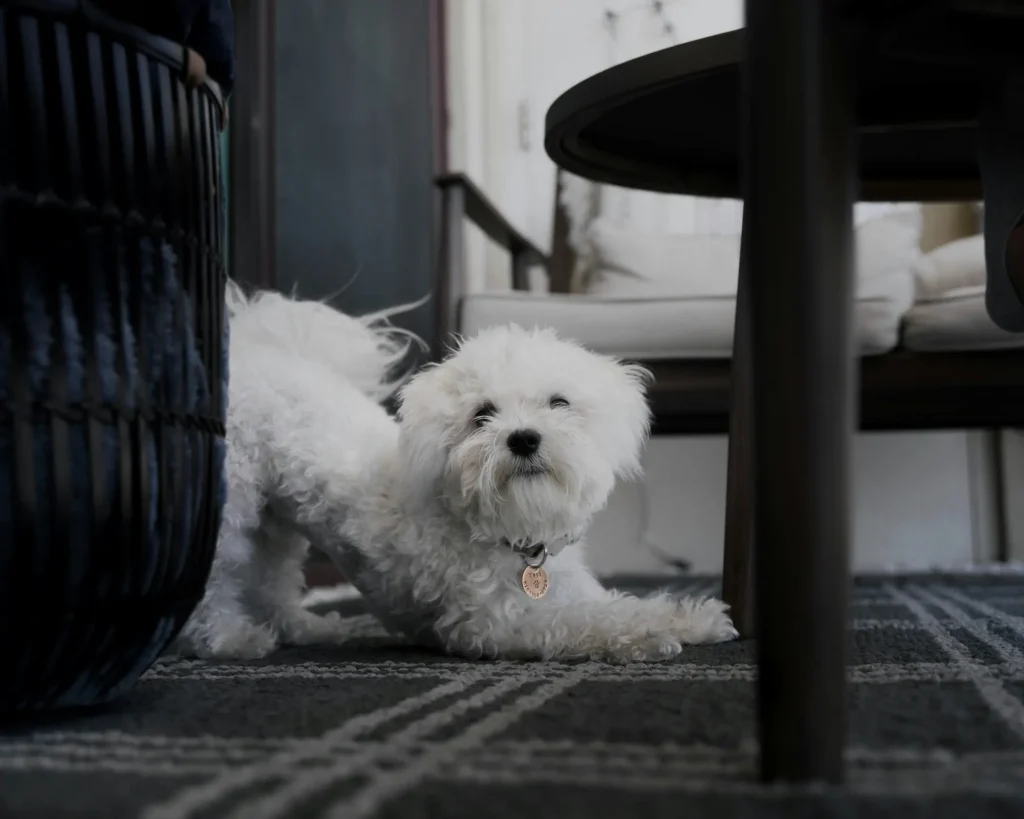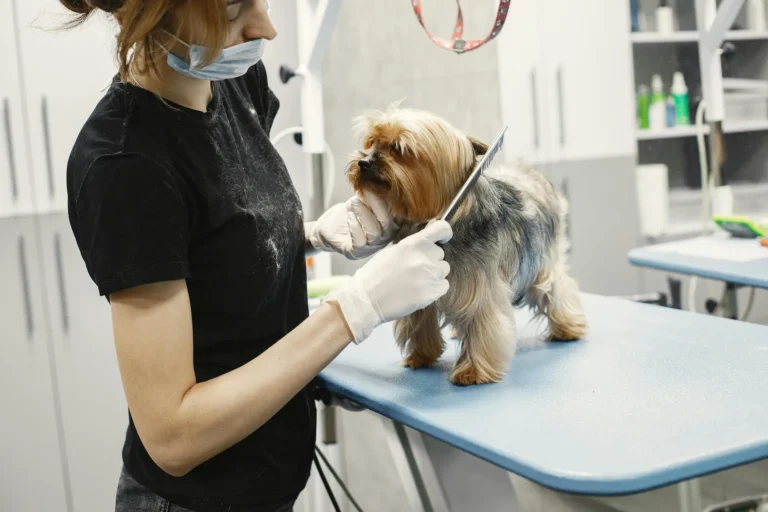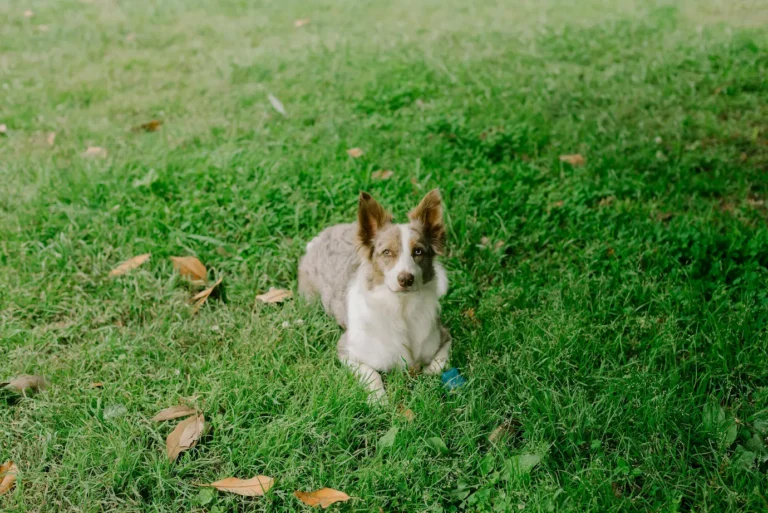Disclaimer: This article may contain affiliate links. If you click and purchase, we may earn a commission at no extra cost to you. As an Amazon Associate, we earn from qualifying purchases.
How Much Exercise Does Your Dog Need? Vet-Backed Guide (2025)
Discover how much exercise your dog needs by breed, age, and energy level with this vet-backed 2025 guide. Expert tips, signs of imbalance, and fun activities to keep your pup healthy and happy.
Hey there, fellow dog lover—have you ever watched your pup zoom around the living room like a furry tornado, or noticed them packing on a few extra pounds despite your best efforts? Figuring out how much exercise your dog needs can feel like solving a puzzle, especially when every breed, age, and personality throws in unique pieces. As a pet parent who’s navigated this with my energetic Beagle, Maximus, and even drawn parallels from caring for my cat Luna’s more laid-back vibe, I know firsthand how getting it right transforms everything from their waistline to their wiggle. This isn’t just about tiring them out; it’s about unlocking better health, sharper minds, and that unbreakable bond we all crave. In this comprehensive, evidence-based guide, we’ll dive deep into tailoring exercise routines, backed by vets and real-life stories, so you can ditch the guesswork and watch your dog thrive.
Key Insights on Dog Exercise Needs
Before we unpack the details, here’s a snapshot of what you’ll take away: practical, science-supported strategies to match your dog’s daily movement to their unique profile, preventing common pitfalls like obesity or boredom-induced chaos.
- ✅ Tailor exercise by breed: Low-energy dogs need 20-30 minutes, while high-energy ones demand 60-90+ minutes daily.
- ✅ Age matters hugely: Puppies follow the 5-minute-per-month rule, adults peak at 30-120 minutes, and seniors benefit from gentle 15-30 minute sessions.
- ✅ Mental stimulation counts as exercise—puzzles and scent work prevent destructive behaviors as effectively as runs.
- ✅ Watch for signs: Hyperactivity signals under-exercise; limping means overdoing it—adjust immediately for safety.
- ✅ Variety is key: Mix walks, play, and rest to build fitness without injury, extending your dog’s healthy years.
See the table below for a quick, mobile-friendly overview of all key points.
| Key Topic | Quick Takeaway |
|---|---|
| Understanding How Much Exercise Your Dog Needs | It’s personalized by breed, age, health, and energy—aim for balance to avoid obesity, anxiety, or joint issues, per AKC guidelines. |
| Benefits & Challenges | Boosts heart health and behavior but risks overexertion in hot weather or with conditions like arthritis. |
| Practical Care Tips | Start with structured walks, add play variety, monitor vitals, and consult vets for custom plans. |
| Expert Insights | Vets recommend 30-60 minutes minimum for most; high-energy breeds need jobs to stay mentally fit (ASPCA). |
| FAQs | 2-3 walks daily; indoor games supplement but don’t replace outdoor exploration; avoid heat extremes. |
Understanding How Much Exercise Your Dog Need
At its core, determining how much exercise your dog needs boils down to viewing them as the athletes they are—genetically wired for certain activities based on centuries of breeding. A high-energy herding breed like a Border Collie isn’t just “hyper”; they’re designed for endurance, needing outlets to herd “sheep” (or your kids) to stay sane. Misconceptions abound: many think any walk suffices, but without matching intensity and duration, you risk behavioral issues or health decline. According to the American Kennel Club (AKC), insufficient exercise contributes to 56% of canine obesity cases, linking directly to diabetes and arthritis. AKC’s exercise guidelines emphasize starting with breed standards, then adjusting for individual factors like weight and vet check-ups. For instance, brachycephalic (flat-faced) breeds like Pugs struggle with breathing during intense activity, so short, frequent sessions prevent distress. In my experience with Maximus, my Beagle, ignoring his scent-hunting instincts led to endless baying—until I incorporated sniff-focused walks, turning chaos into calm. This understanding shifts exercise from a chore to a tailored wellness plan, ensuring your dog doesn’t just survive but flourishes.
Consider the science: Exercise triggers endorphin release, reducing cortisol (stress hormone) levels, as noted in veterinary studies. But overdo it, and you invite injuries—puppies’ growth plates are vulnerable until 12-18 months, per the Merck Veterinary Manual. Always factor in environment; urban dogs might get mental stimulation from city sights, while rural ones need structured play. By grasping these layers, you avoid the common trap of one-size-fits-all routines that leave dogs frustrated or frail.
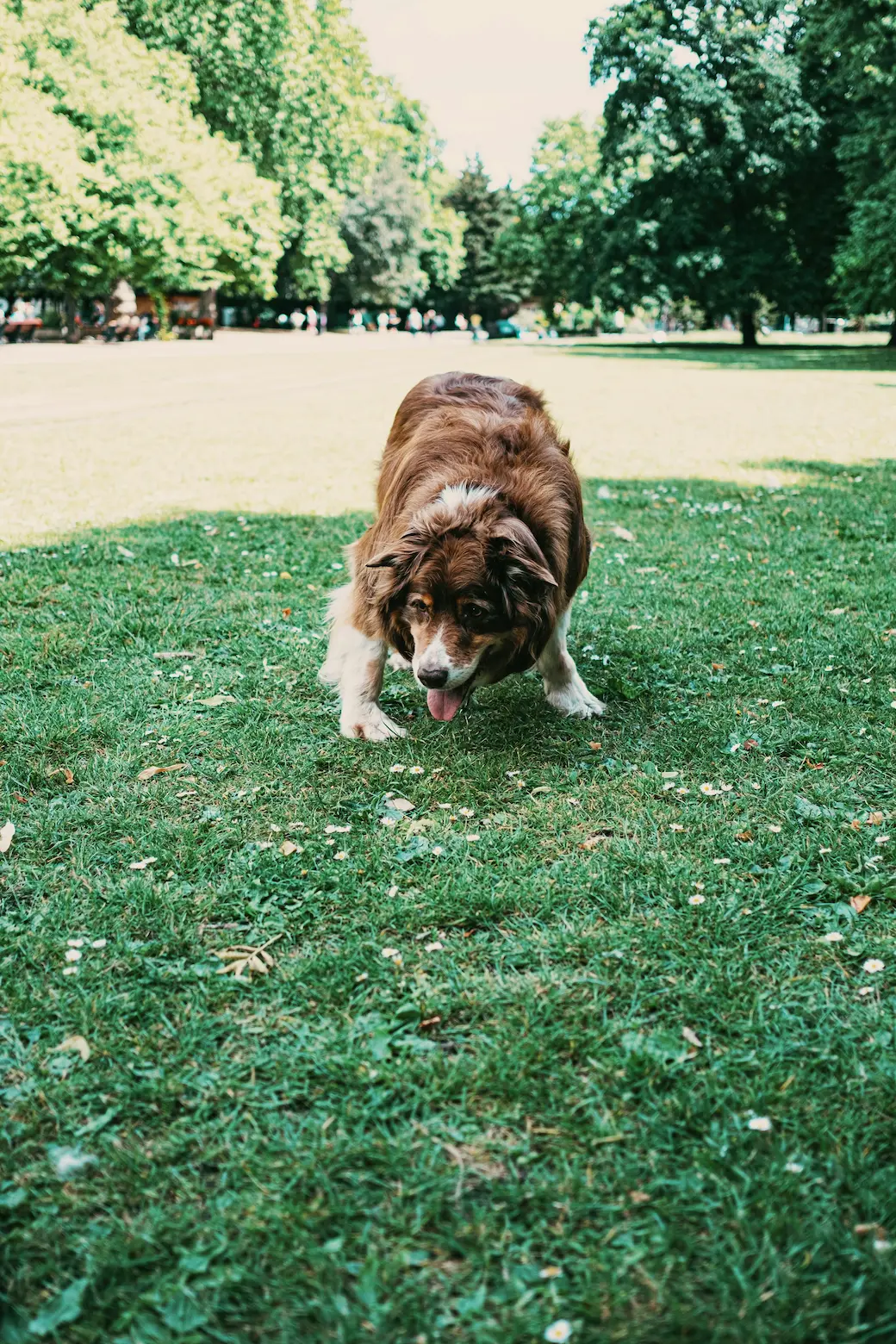
Image Credit: Samuel Regan-Asante on Unsplash
Benefits & Challenges of Proper Dog Exercise
Regular, appropriate exercise is a game-changer for your dog’s physical and emotional world, but it’s not without hurdles—let’s break it down with real talk and evidence. On the benefit side, it slashes obesity risk by up to 50%, strengthens cardiovascular systems, and preserves joint mobility, as supported by ASPCA research on active lifestyles reducing arthritis onset. Mentally, it curbs destructive habits; bored dogs chew furniture out of frustration, but stimulated ones channel energy productively. Behaviorally, exercised dogs are calmer, easier to train, and less prone to anxiety—think fewer midnight zoomies or excessive barking. The bond? Priceless; shared activities like fetch release oxytocin in both you and your pup, fostering trust.
Challenges arise from mismatches: High-energy breeds in apartment settings often develop “cabin fever,” leading to weight gain or aggression. Weather extremes pose risks—heatstroke in summer or frostbite in winter—and pre-existing conditions like hip dysplasia demand modifications. Over-exercising puppies can cause lifelong joint problems, while under-exercising seniors accelerates muscle loss. In one anecdote from my pet parenting days, Maximus the Beagle once overdid a hike, resulting in sore paws and a week of limp-walks; it taught me to build up gradually and check pads post-activity. To handle these, start with vet clearance, use protective gear like booties for rough terrain, and incorporate rest days. For more on safe outdoor adventures, check our fresh air for pets guide. With mindful planning, benefits far outweigh challenges, leading to a longer, joy-filled life—studies show well-exercised dogs live 1-2 years longer on average.
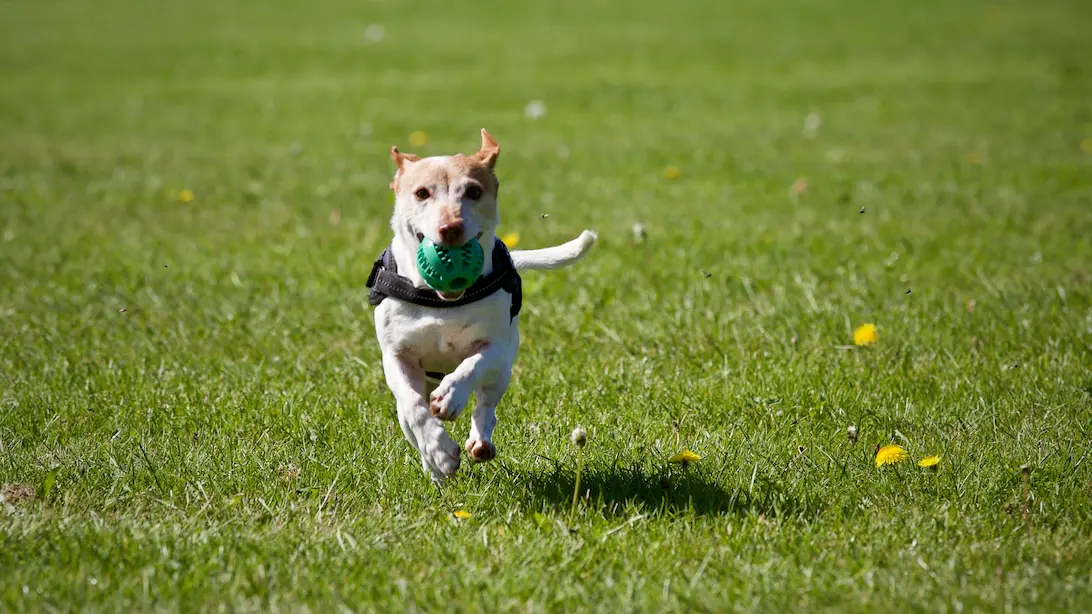
Image Credit: Matthias Zomer on Pexels
Practical Care Tips for Determining and Providing Dog Exercise
Ready to put theory into action? These tips are battle-tested from years with Maximus and insights from vet consultations—each includes why it works, step-by-step implementation, needed tools, a real example, and outcomes. We’ll focus on breed-specific tailoring first.
Tip 1: Assess by Breed and Energy Level for Customized Routines. Why it works: Breeds evolved for jobs—hounds like Beagles for tracking, shepherds for herding—so matching exercise prevents boredom and fulfills instincts, reducing stress per ASPCA behavioral studies. How to implement: Step 1: Research your breed via AKC resources. Step 2: Observe energy—does your dog pace or destroy toys? Step 3: Categorize low (20-30 min, e.g., Bulldogs), medium (30-60 min, e.g., Beagles), or high (60-120+ min, e.g., Huskies). Step 4: Split into 2-3 sessions. Materials: Leash, timer app, breed guide book. Real-life example: With Maximus, my medium-energy Beagle, I noted his endless sniffing; switching to 45-minute scent walks twice daily curbed his digging in the yard. Expected outcomes: Balanced energy, fewer vet visits for behavior issues, and a content pup. Link this with Belgian dog breeds info for herding types. This approach, detailed in the ASPCA dog exercise page, builds sustainable habits.
Tip 2: Age-Appropriate Structuring to Protect Growth and Mobility. Why it works: Puppies’ bones are soft, adults peak in stamina, seniors fight atrophy—tailoring prevents injuries and supports longevity, backed by Merck Veterinary Manual growth plate data. How to implement: Step 1: Calculate puppy exercise (5 min/month of age, twice daily). Step 2: For adults, aim 30-60 min baseline, add for working breeds. Step 3: Seniors: 15-30 min gentle, monitor joints. Step 4: Warm-up with 5-min walks, cool-down stretches. Materials: Soft harness, joint supplements if vet-approved, calendar for tracking. Real-life example: A friend’s 6-month Lab pup got 30 min play; ignoring the rule led to hip strain—now, controlled sessions keep him agile. Outcomes: Injury-free development, maintained muscle in old age. Pair with our summer care for dogs for heat-safe tips.
Tip 3: Incorporate Mental Exercises Alongside Physical Ones. Why it works: Dogs need brain work to avoid “boredom behaviors” like chewing; it tires them faster than pure running, per veterinary behaviorists. How to implement: Step 1: Choose puzzles (food-dispensing toys). Step 2: Teach tricks via positive reinforcement. Step 3: Alternate with physical—10 min puzzle post-walk. Step 4: Rotate toys weekly. Materials: Kong toys, treat puzzles, clicker. Example: Maximus solved a beginner puzzle in days, reducing his nighttime whining from under-stimulation. Outcomes: Sharper cognition, less destruction. Explore more in dog enrichment toys guide.
Tip 4: Monitor and Adjust Based on Signs of Imbalance. Why it works: Dogs can’t verbalize discomfort; early detection prevents escalation, aligning with CDC pet health monitoring. How to implement: Step 1: Pre-exercise check pulse/breathing. Step 2: During: Watch panting, gait. Step 3: Post: Note soreness, appetite. Step 4: Log weekly, adjust down 20% if signs appear. Materials: Journal, heart rate app for dogs. Example: My Beagle showed restlessness; upping to 60 min resolved it without weight gain. Outcomes: Optimal health, quick issue resolution. See dog emotional signals for reading cues.
Tip 5: Vary Activities for Cross-Training and Fun. Why it works: Repetition causes burnout/injury; variety builds resilience, like human workouts. How to implement: Step 1: Weekly plan—walks Mon/Wed, fetch Tue, swim Thu. Step 2: Include social playdates. Step 3: Weather-proof with indoors. Step 4: Track enjoyment. Materials: Balls, pool access, puzzle mats. Example: Mixing agility with walks kept Maximus engaged, preventing plateau. Outcomes: Versatile fitness, happier dog. Tie into best dog toys for boredom.
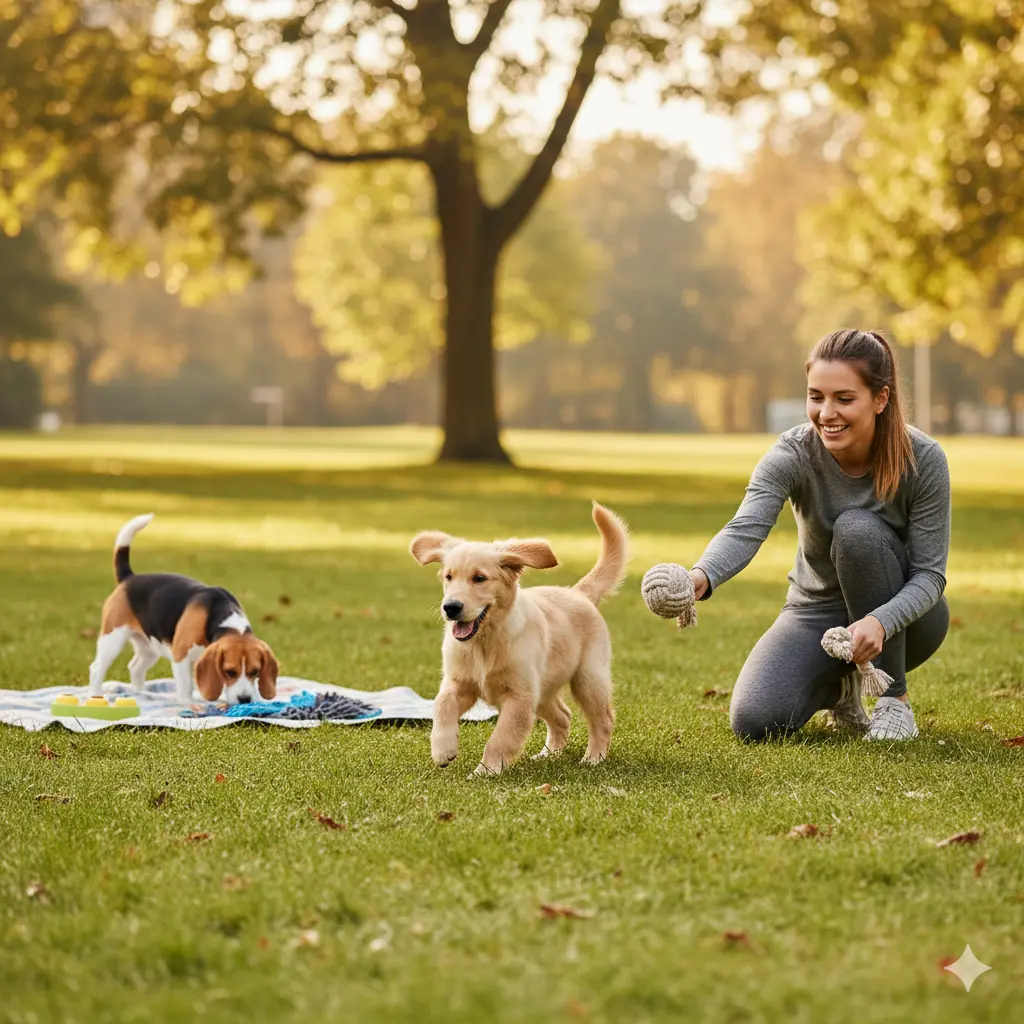
Image Credit: Pet Palace Hubs
Expert Insights
Diving into the science, the AKC stresses that exercise isn’t optional—it’s preventive medicine, cutting heart disease risk by 30% in active dogs. ASPCA experts highlight mental aspects: High-IQ breeds like Australian Shepherds need “jobs” or face anxiety; scent work mimics hunting, releasing dopamine for calm. Veterinary Manuals warn of over-exercise in giants like Great Danes, prone to bloat—limit to moderated sessions. For seniors, hydrotherapy preserves joints without impact, extending mobility by years. In pandemics, virtual training surged; see our virtual pet care guide. These insights underscore personalization—consult pros for breeds like those with blue tongues in dog breeds with blue tongues.
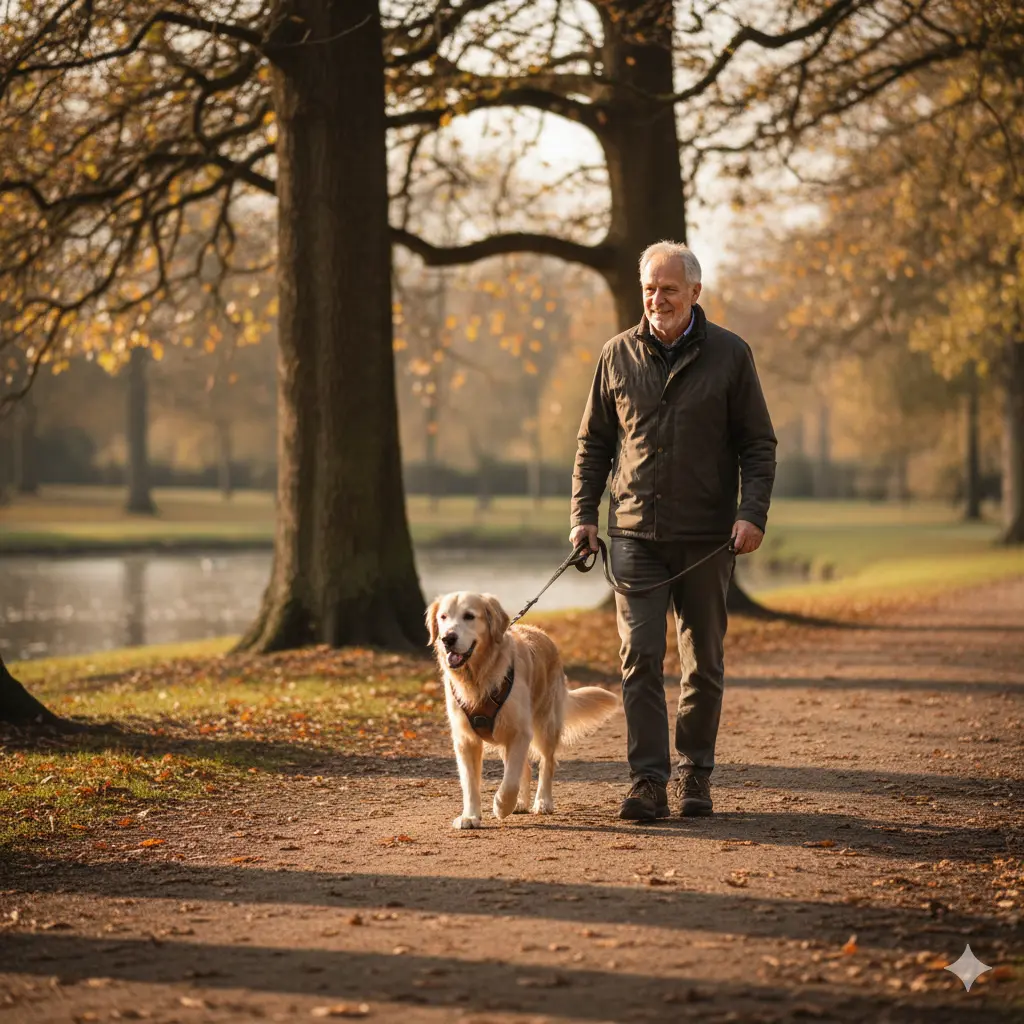
Image Credit: Pet Palace Hubs
FAQs About How Much Exercise Your Dog Needs
Q1: How much exercise does a high-energy dog need daily?
A: High-energy breeds like Huskies or Border Collies thrive on 60-120 minutes, split into brisk walks, runs, and mental games. Example: My Beagle Maximus gets 90 minutes of mixed activity—without it, he’d bay endlessly. Start low, build up, and include brain teasers for full satisfaction.
Q2: Can I exercise my dog indoors if weather is bad?
A: Yes, indoor puzzles, tug-of-war, or hallway fetch supplement, but they can’t fully replace outdoor scents for mental health. Use treat-dispensing toys; for ideas, see our dog daily grooming checklist which ties into routine play.
Q3: What are signs my puppy needs more exercise?
A: Destructive chewing, zooming, or restlessness—follow the 5-min-per-month rule. For a 3-month pup, 15 min twice daily prevents issues, as vet manuals advise avoiding growth plate strain.
Conclusion
Mastering how much exercise your dog needs is your superpower for a vibrant, well-behaved companion—tailor by breed, age, and signs, mix physical and mental, and lean on vet-backed sources like AKC and ASPCA. From my journeys with Maximus, consistency breeds joy; start today, observe, adjust, and revel in those tail wags. Your pup’s healthier tomorrow starts with today’s steps—here’s to many adventurous years ahead.

Experienced pet owner with 5–7 years caring for dogs, cats, and birds. Passionate about sharing actionable tips, trusted advice, and real-life insights for healthier, happier pets.
Disclaimer: This article may contain affiliate links. If you click and purchase, we may earn a commission at no extra cost to you. As an Amazon Associate, we earn from qualifying purchases.

